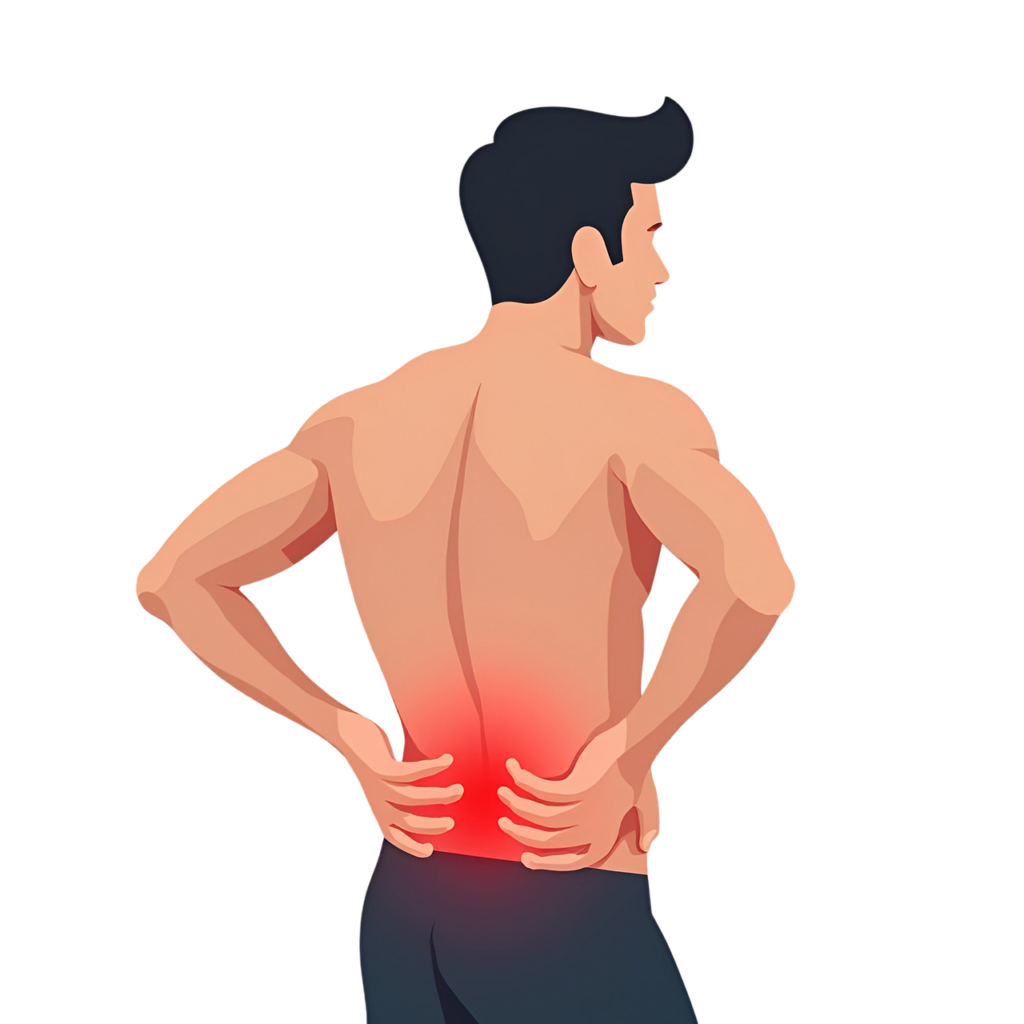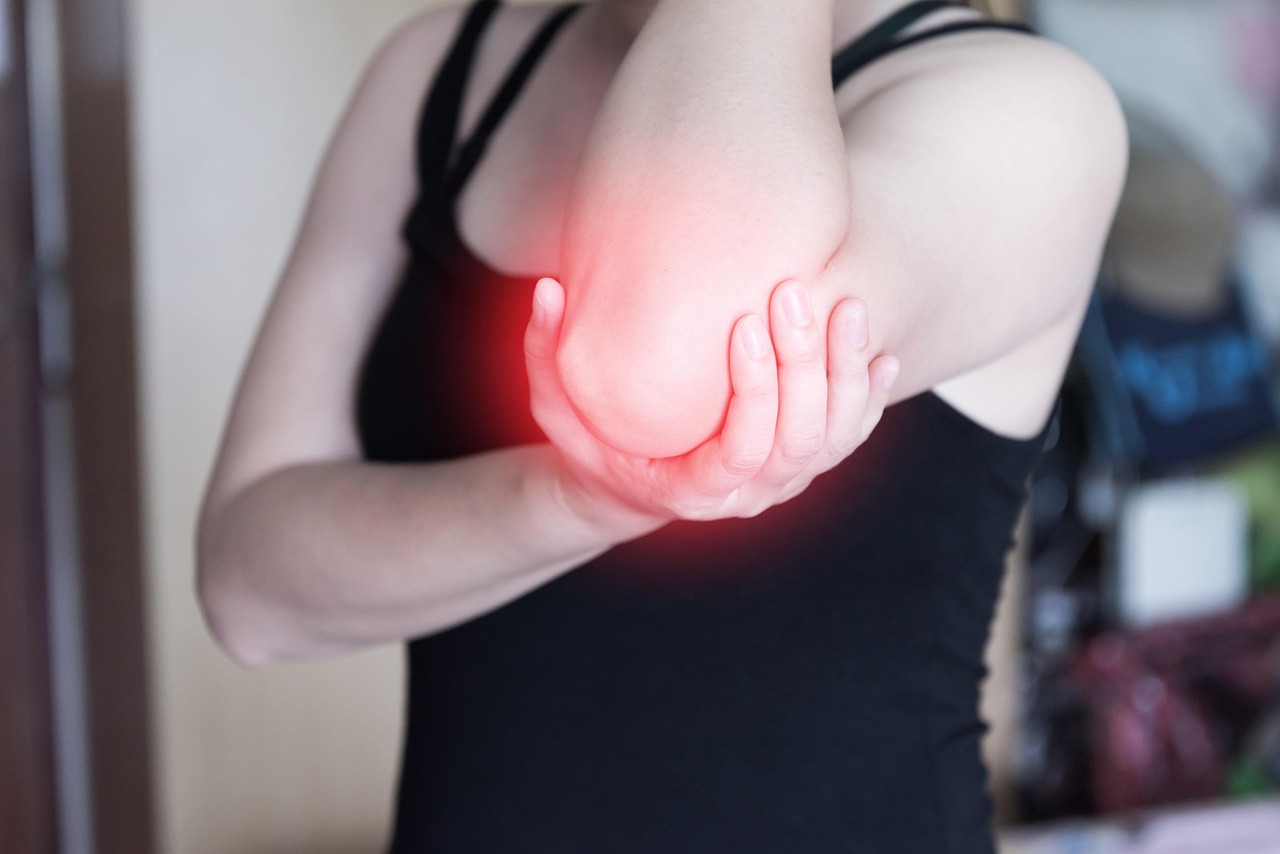Osteoporosis Myths

Osteoporosis Myths : Osteoporosis, a disease of bone weakness, is a common health problem in India, especially among women. Unfortunately, there are many misconceptions about this disease that can keep people away from proper prevention and treatment. In this blog, we will bust some common myths related to osteoporosis and know the truth:
Myth 1: Osteoporosis happens only to older women.
Truth: While women are at increased risk of osteoporosis after menopause due to lack of estrogen, it can also affect men and young adults. Genetics, lifestyle, certain medical conditions and medications can weaken bones at any age.
Myth 2: If you drink milk and take calcium tablets, you will not get osteoporosis.
Truth: Calcium is important for bone health, but it alone is not enough to prevent osteoporosis. Vitamin D, magnesium and other nutrients, as well as regular weight-bearing exercise, are also necessary to keep bones strong.
Myth 3: You will feel pain if you have osteoporosis.
Truth: Osteoporosis is often called the “silent killer” because it has no obvious symptoms in the early stages. Many people do not realize they have the disease until they fracture a bone. Therefore, regular screening and awareness of risk factors are important.
Myth 4: Osteopenia (low bone density) always turns into osteoporosis.
Truth: Osteopenia means that your bone density is lower than normal, but it is not as serious as osteoporosis. Not all people with osteopenia develop osteoporosis. Lifestyle changes and proper treatment can prevent it from progressing.
Myth 5: There is no cure for osteoporosis.
Truth: There is no complete cure for osteoporosis, but there are effective treatments available that can slow bone loss, increase bone density and reduce the risk of fractures. Medications, lifestyle changes and regular monitoring play an important role in its management.
Myth 6: Fractures are the only risk factor for osteoporosis.
Truth: While fractures are a major risk factor for osteoporosis, it can also cause other problems, such as back pain, loss of height, hunchback and reduced mobility, which can significantly affect quality of life.
Myth 7: Young people do not need to worry about their bone health.
Truth: The formation of strong bones begins in childhood and adolescence. By consuming adequate calcium and vitamin D and exercising regularly, young people can increase their “peak bone mass” (maximum bone density), thereby reducing the risk of osteoporosis in later life.
Myth 8: Only women get tested for osteoporosis.
Fact: Osteoporosis affects men too, and they need to be aware of their bone health and get tested as needed, especially if they have risk factors.
